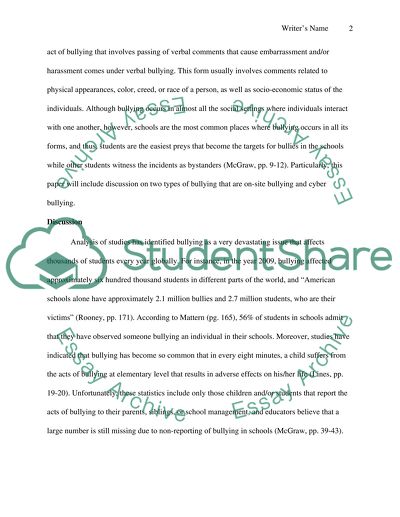Cite this document
(“Onsite Bullying Vs. Cyberbullying Research Paper”, n.d.)
Retrieved de https://studentshare.org/english/1491707-onsite-bullying-vs-cyberbullying
Retrieved de https://studentshare.org/english/1491707-onsite-bullying-vs-cyberbullying
(Onsite Bullying Vs. Cyberbullying Research Paper)
https://studentshare.org/english/1491707-onsite-bullying-vs-cyberbullying.
https://studentshare.org/english/1491707-onsite-bullying-vs-cyberbullying.
“Onsite Bullying Vs. Cyberbullying Research Paper”, n.d. https://studentshare.org/english/1491707-onsite-bullying-vs-cyberbullying.


